Too often, when people picture Iran, they imagine a war-torn country defined by words like “oppression” or “conservatism.” While many are quick to label Iran and, in turn, pass judgment on its people, others — like Iranian-American award-winning journalist Tara Kangarlou — are looking to spotlight the beauty of this misunderstood country.
For those unfamiliar with Kangarlou, she is a celebrated journalist, author, and humanitarian whose work has been featured on CNN, CNN International, NBC, Huffington Post, Al-Monitor, and Al Jazeera America. In an industry too often dominated by white men, Kangarlou has risen through the ranks by reporting on cutting-edge stories that explore everything from presidential elections to refugees to the 2014 Russia-Ukraine crisis. Beyond her reportage, Kangarlou has turned her passion into a nonprofit called Art of Hope, which focuses on helping Syrian refugees overcome the mental health issues and PTSD brought on by war.
In her latest endeavor, Kangarlou — who was originally born and raised in Tehran — has authored a book that explores the unseen and under-celebrated intricacies of Iranian life. Her book, The Heartbeat of Iran, is a homage to the diverse fabric of Iranian society. Whether it’s an ambitious young woman’s journey to become a doctor in Tehran, a saffron farmer trying to uphold tradition amidst corruption, or a blind Muslim environmental activist who just earned her Ph.D. — Kangarlou’s book celebrates the stories of a country that is so much more than its latest headline. In this interview, I catch up with Kangarlou to discuss her newly published book, the stories that readers can expect to find within its pages, and the challenges of writing a book in a white-washed publishing world.
Unearth Women (UW): Tell me about the inspiration behind your book, The Heartbeat of Iran.
Tara Kangarlou (TK): The inspiration is in its name: to capture the “heart” and “soul” of a nation that’s so under-represented and misunderstood by the Western world. The underlying push was also this tremendous deficit of a multi-colored narrative on Iran. I wanted to really dismantle this singular, dark, and insular narrative that exists on Iran and the Iranian people in the West. The only mainstream coverage we have on Iran are films like Argo, 300, Tehran, and news headlines and political soundbites. You see, Iran is a country of 80 million human beings, and not 80 million nuclear heads, and that distinction is pretty much nonexistent among US audiences.
In the United States and much of the rest of the world, the country is synonymous with rogue behavior, nuclear talks, and angry leaders whose names people can’t even pronounce. For me, as a journalist but also an Iranian-American, it was important to capture the real, intimate, and humanized stories of ordinary Iranians living inside the country – independent from their government. I truly believe that people of every nation should be defined by their own attributes versus those of their “rulers”. It is then that people will realize that their hopes and dreams, worries, and fears in life are so much closer to others worldwide – if they only get to see the other side.
UW: Your book takes readers on a journey into the cultural, political, and religious aspects of Iranian society. Why is it important that non-Iranian readers better understand Iran’s culture?
TK: I believe that fear, bigotry, and hate only ensue when people don’t know one another or, for whatever reason, are told that “they’re different” from those standing on the other side. When it comes to Iran, for many Americans and Europeans, Iranian history starts at the dawn of the 1979 Islamic Revolution – but Iran and Iranians have a nearly 3,000-year-old history, culture, and heritage that, if known, highlighted, and amplified could help bridge the gaps that currently exist between ordinary Iranians and those in the US and the rest of the world.
As a journalist and reporter, I don’t think there’s anything more powerful than the power of “human storytelling.” It’s always about the people, and for me, the only way I could bridge the divides and cross the berries that have been instilled in the past 40 years was to focus on the intimate and human stories of ordinary Iranians who are living inside their country.
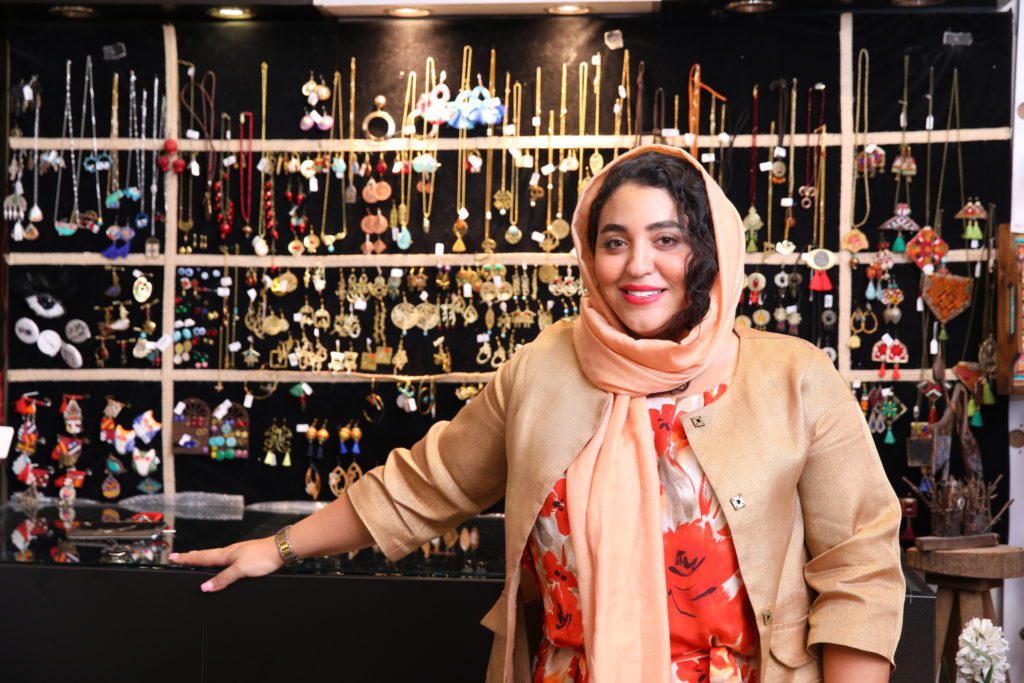
UW: As a woman born in Iran, what are some of the misconceptions people tend to have about Iran and its culture?
TK: I was born and raised in Iran until I was around 16 or 17 years old. I was born to parents who were already American citizens and had been studying and living in the US since the late 60s or early 70s; therefore, I was an “Iranian-American” since birth. With a broad and global outlook, my upbringing enabled me to understand that “people” are separate from their “governments,” but the minute I moved to the US, I realized that quite frequently,y my American friends would view my “identity” or my “Iranian background” through this very narrow and often-times politicized lens. If not that, I had to constantly confront their “wows” or “bemused faces” filled with demoralizing questions like “Did you wear the “black veil” growing up? Is there a war in Iran? Is it safe in Iran? Why does your food look like this? How can you have no accent?”
Since my late teens, I was constantly forced to have a set of prepared answers to people’s ignorant and ambivalent questions about my “identity” and place of “birth.” It also didn’t help that all the images coming out of Iran — especially of the Iranian women — were, and to an extent continue, to be these “oppressive”, “confined” and “battered” narratives and views. Sure, there is no question that Iranian women are faced with some of the most confining and archaic rules and governance. However, despite all the challenges at home, they have found ways to move forward and push the boundaries, and in many cases even thrive, and I think those stories and journeys are worth telling and amplifying.
It wasn’t until later in my undergrad program at UCLA that I finally got comfortable with embracing my Iranian identity. Party due to the fact that there was a large Iranian-American diaspora in Los Angeles and I wasn’t the only “Iranian” girl. However, even there, within the Iranian-American community in Los Angeles, I witnessed this identity crisis among the youth as well as the older generations. Some would call themselves “Iranian,” some would say “Persian,” some would immediately ask if you’re Muslim or Jewish (as I was asked on so many occasions back at UCLA), and some would even judge you if you weren’t born in the US or vice versa. It was then that I realized the power of story-telling, embracing your identity and heritage, and dismantling insular narratives that only open “one side” of the story.
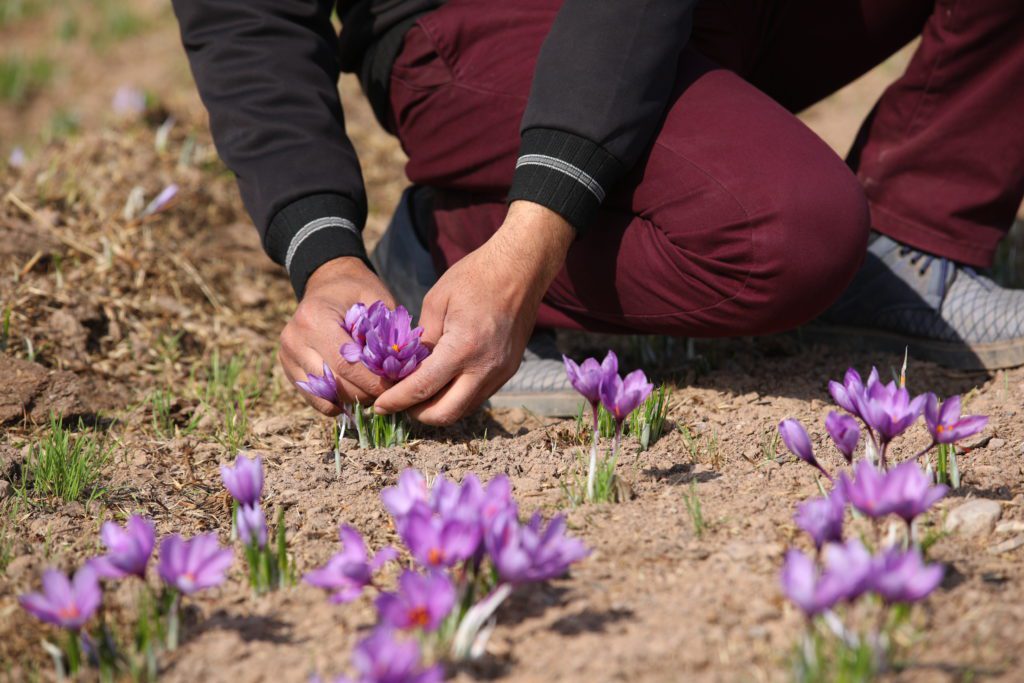
UW: In what ways does your book help debunk some of those misconceptions?
TK: It is important to note that my book is not a “rosy” and “romanticized” image of Iran. Rather, it’s an incredibly nuanced narrative about the country. Through each chapter — a collection of 24 intimate profiles of ordinary and some extraordinary Iranians — I give my readers layers and layers and layers of history, culture, politics, religion, and social issues and allow them to see the meticulous niceties and nuances of life that are rarely seen by the Western audiences. The Heartbeat of Iran is a multi-faceted narrative that exposes Iran within Iran through the realities of the life of its ordinary citizens.
For instance, when you read about Hassan Rezania, you don’t just get to learn about a saffron farmer but rather get to understand the country’s environmental challenges, the devastating impact of sanctions along with domestic corruption on the economy, the struggle of keeping the past and striving for the new, and ultimately a young man’s devotion for his family business and an industry that’s part of the fabric of Iran’s history.
Or, in the story of Sonia Abdollahi, you don’t just get to read about a young doctor in Tehran, but rather, you get to understand the complex dynamics of a typical Iranian family: the parent’s role in their son/daughter’s education; the social constraints faced by young women and how they go about it; the many sexual taboos that exist in Iran; the daily struggles of physicians and nurses in the country; the impact of sanctions on the healthcare industry; and ultimately the hopes and dreams of a twenty-something girl that mirrors a young woman’s in Dallas or Chicago.
UW: What are some of the stories readers can expect to find when reading your book?
TK: Love, loss, struggles, hopes, and dreams — these are some of the main emotions that keep coming up throughout my book, all entwined with an undeniable resilience. From a young Rabbi to the gay son of ultra-conservative parents who found himself in love with a man who was forced to marry against his will, to a Sunni Muslim environmental activist living in the country’s poorest state who just finished her Ph.D. despite being blind, to the first female racecar driver in the country, The Heartbeat of Iran is filled with surprises, unmatched emotions, and a universality that will enable my global (in particular American) readers to understand how they have so much more in common with an average Iranian person than they were told or ever got to experience.
UW: What do you hope readers will ultimately take away after reading The Heartbeat of Iran?
TK: That far beyond our borders, our skin color, religion, country of origin, and news headlines, we are so similar to one another than we think if only we get to hear each other’s voices and if only we get to learn of one another’s life stories.
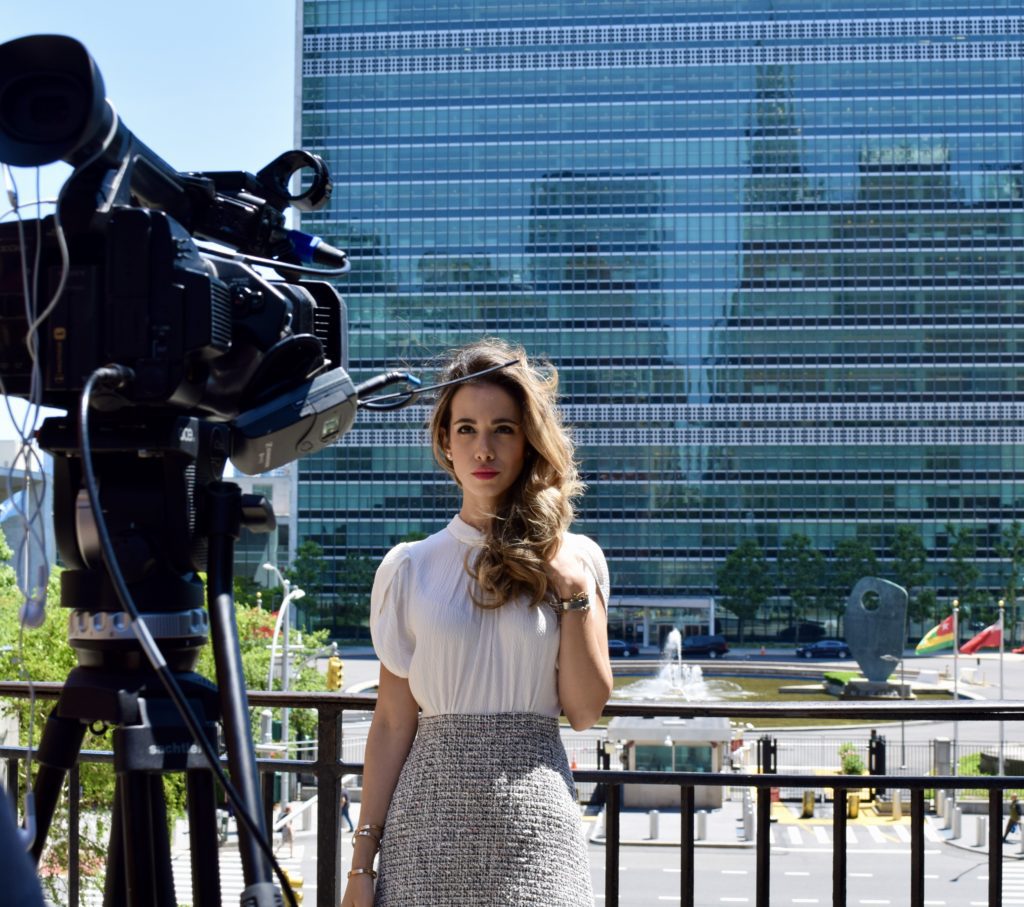
UW: How do you feel your career as a journalist and investigative reporter helped in the process of writing this book?
TK: Accuracy, balance, and trust are some of the critical pillars of journalism that I’ve held on to throughout my career. Ultimately, in telling these stories, as any good journalist would, I tried to find “personalized and humanized” stories to tell a bigger story; and in this case, it was the story of today’s Iran through the lives of its people. I don’t think there’s anything more powerful and humbling to listen to and hear from people who are “directly” affected and/or living through a condition — and in this case, it was time to hear from ordinary Iranians currently living life in Iran all entwined with almost four years of research, writing, and adding deep context to each life story.
UW: What are some things that surprised you during the book writing process?
TK: In the US, I realized how little even the editors, agents, and publishers know about Iran. How voices of people of color, immigrants, and women of Middle Eastern/Muslim background are poorly treated, misrepresented, and “whitewashed” in most cases by male editors. From the Iranian side, I didn’t get surprised, really, but rather found myself quite sad as I was constantly faced with this feeling that these people deserve so much more than what they’re getting from their rulers and also the outside world. I was continuously faced with this flood of emotion that made me think of the enormous potential, talent, and zeal that exists in Iran and how little is being done to honor, foster, and embolden this potential — a potential that will not only change the nation for the better but also the region and the world.
UW: What are some of the challenges you faced in writing this book?
TK: Convincing agents and publishers that this book is worth publishing. Convincing the “white” and predominantly “male-driven” mainstream media that these stories are worth telling while fighting for my immigrant, Iranian, American, and Middle Eastern voice to be heard. Think about it: I’m a respected and widely-published journalist, and I had all these challenges, so I can imagine how difficult it must be for someone who is just starting out but whose story is worth telling a million times over.
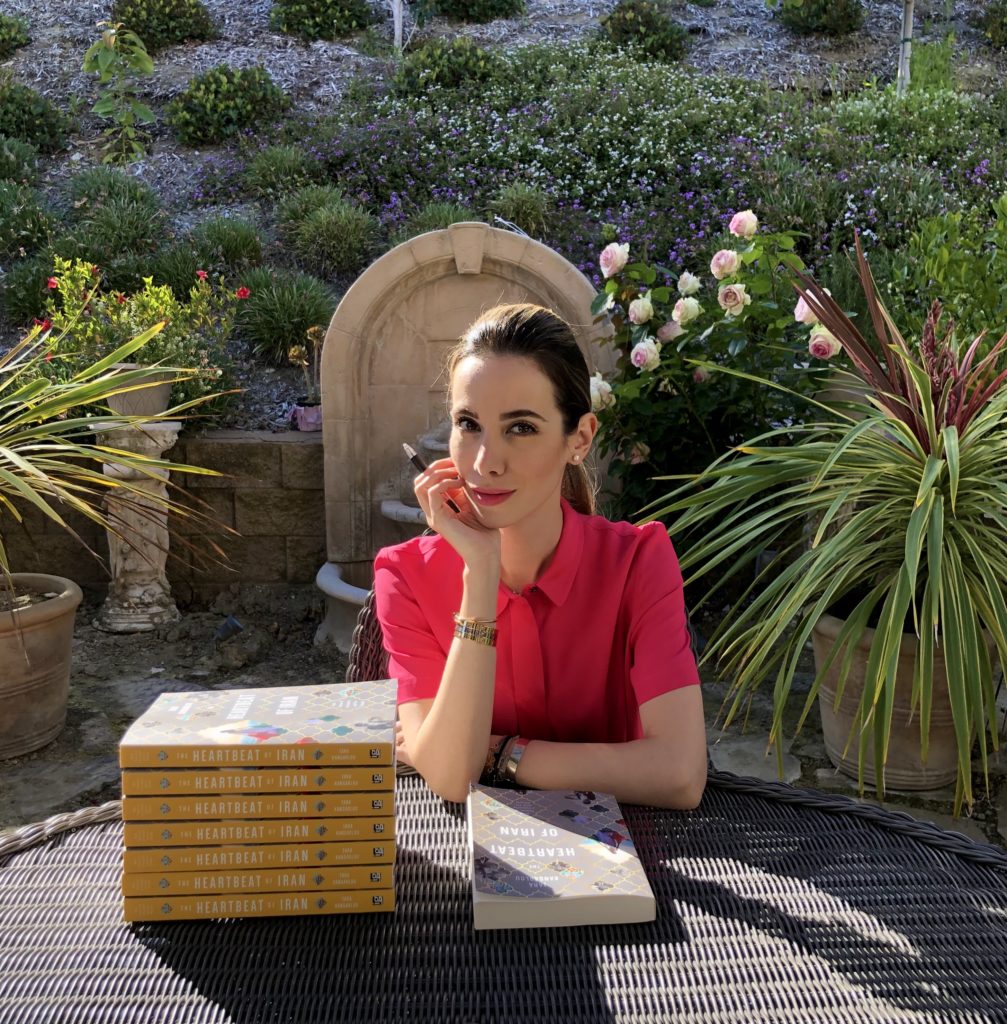
UW: What is your advice for those aspiring to author their own book?
TK: Don’t ever give up fighting for your story. And to all those immigrant writers, minorities, and voices of color, remember that if you don’t tell your own story, someone else will tell it for you, and it may be one that you don’t like or, worst yet, one that’s not accurate.
UW: Looking ahead, do you hope to author future books?
TK: As excruciating and challenging as it was to give life to The Heartbeat of Iran, I am actually looking into another book that focuses on mothers and their pains and gains from strikingly different communities from around the world. Also, I’ve been covering the global refugee crisis for some time now — especially the conflict in Syria and Iraq — and am quite keen to focus on those important stories as well, especially those pertaining to children, mental health, and young girls.
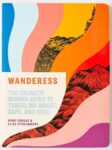

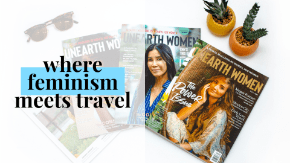
Leave a Reply